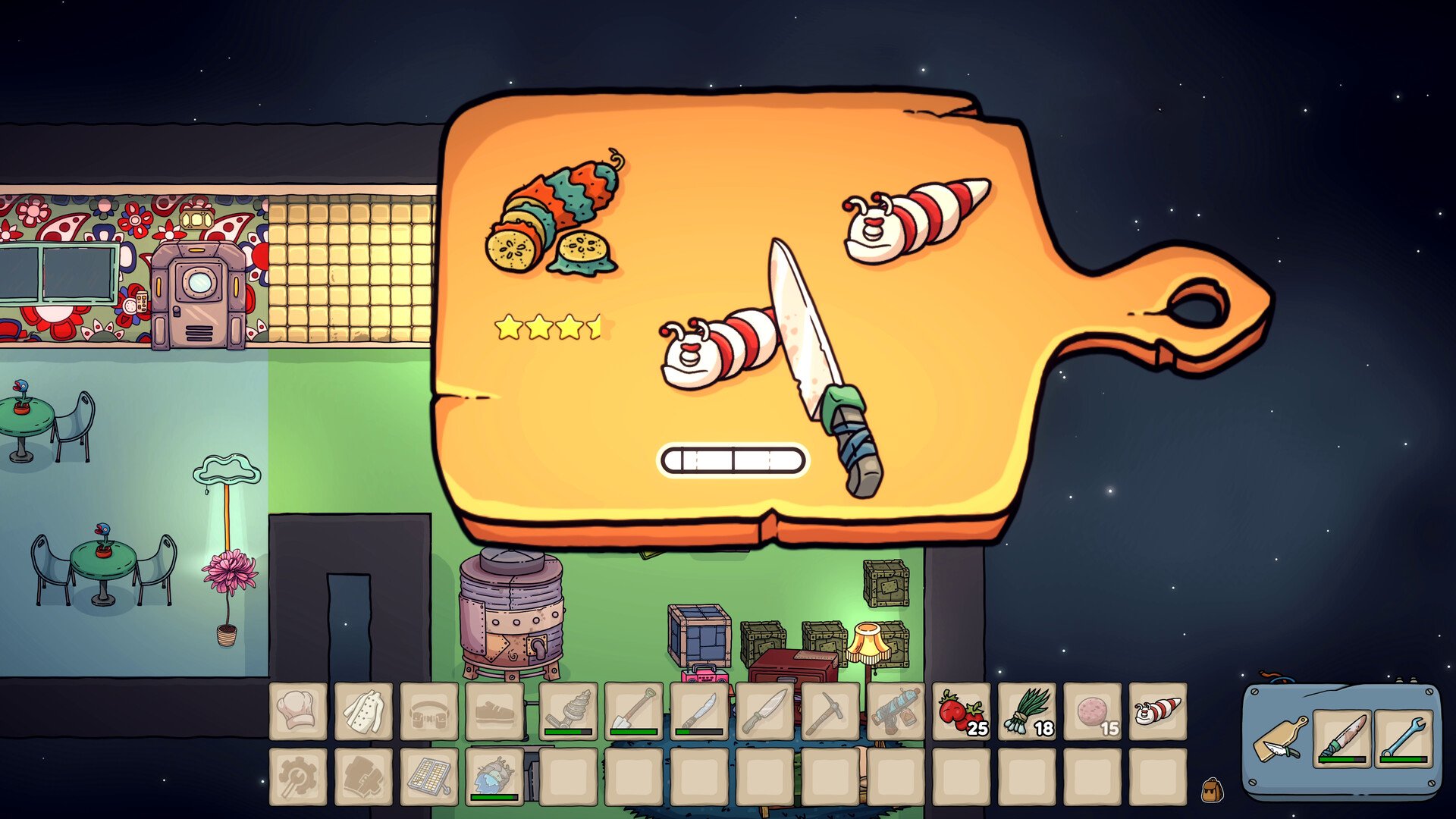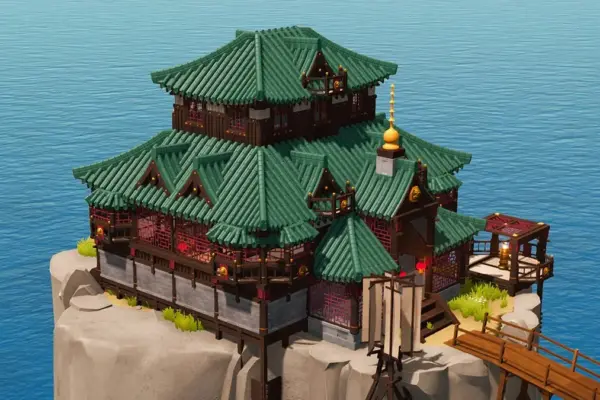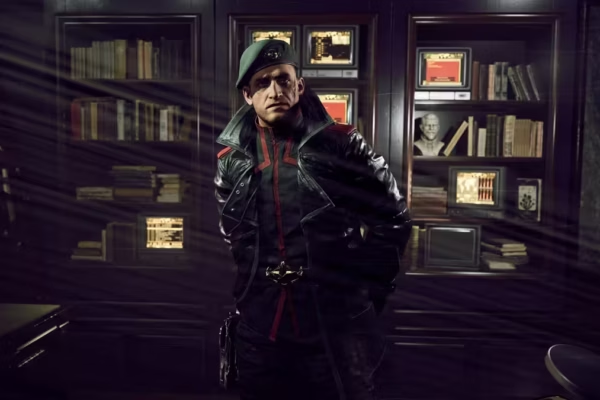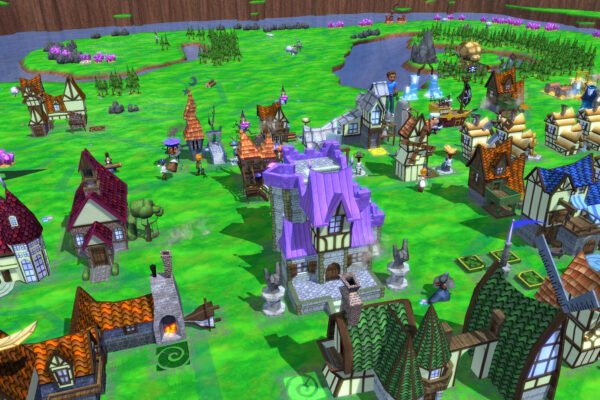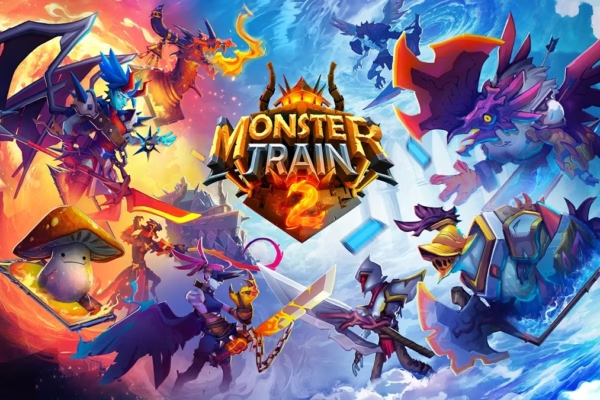This review follows Output Lag’s comprehensive review methodology.
About Space Chef
- Developer
- Blue Goo Games
- Publisher
- Kwalee
- Release Date
- October 28, 2025
- Platforms
I reaaaaally wanted to love Space Chef. The concept is spectacular: you’re basically running a food truck in space, exploring alien planets for weird ingredients, and building a restaurant empire from your dingy trailer. It’s got a charming hand-drawn art style, creatures with names like “Beefles” and “Gnibbit,” and the kind of cozy exploration loop that should’ve had me playing until 3 AM.
Instead, I spent most of my 15 hours fighting with inventory boxes, getting frustrated at how slowly my restaurant reputation grew, and wondering why the hell I couldn’t craft a new spatula while standing on an alien planet with all the materials literally in my pockets.
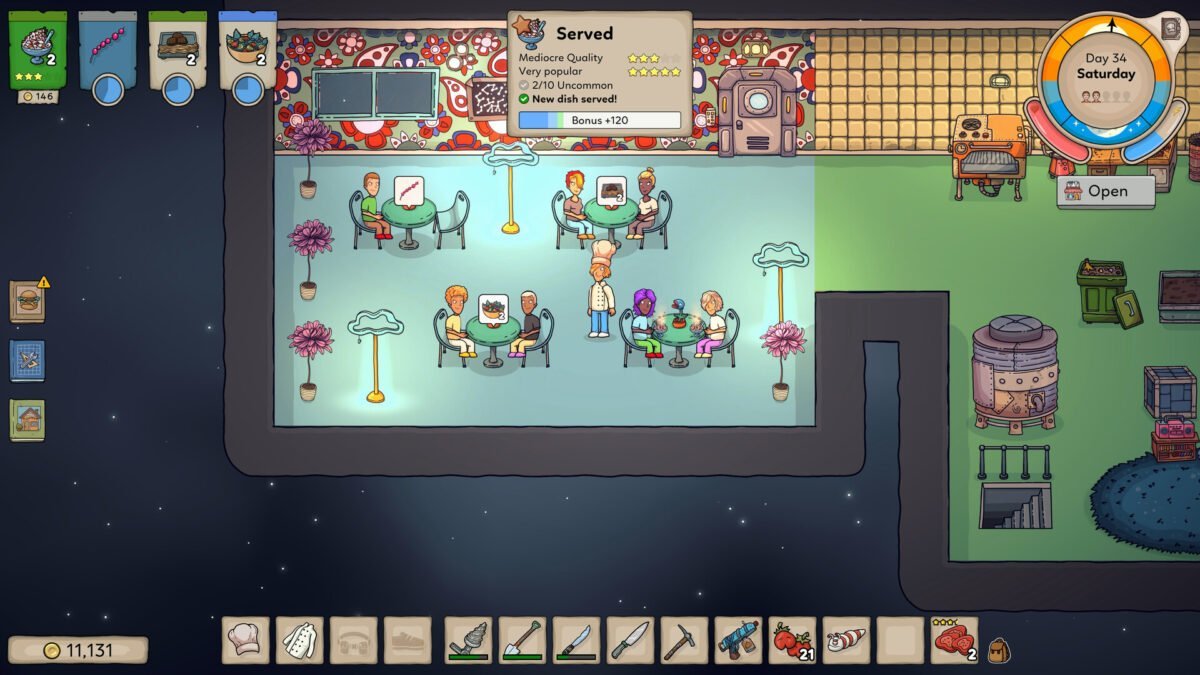
A Could-Have-Been Space Western
Space Chef takes place in the Horseshoe Nebula, where you inherit your grandma’s cookbook and her busted space trailer. She’s gone missing, some evil burger corporation called Galactic Burger is moving in, and you’re gonna cook your way to the truth. It’s a solid setup on paper. The writing even has some personality like a scrap dealer named Zoe, a washed-up space pilot called Jack Bronzon, and a definitely-not-suspicious alien bartender named Zlurka.
But unfortunately, that’s all terribly weighed down: the story feels like set dressing more than an actual driving force. I met these characters, got their quests, learned their favorite dishes, but none of it hit the way it should’ve. The romance options are there if you want ’em, but they’re pretty shallow. I cooked the same meal for the same NPC like eight times, and eventually they… liked me more? The narrative bones are there, they just needed way more meat on them.
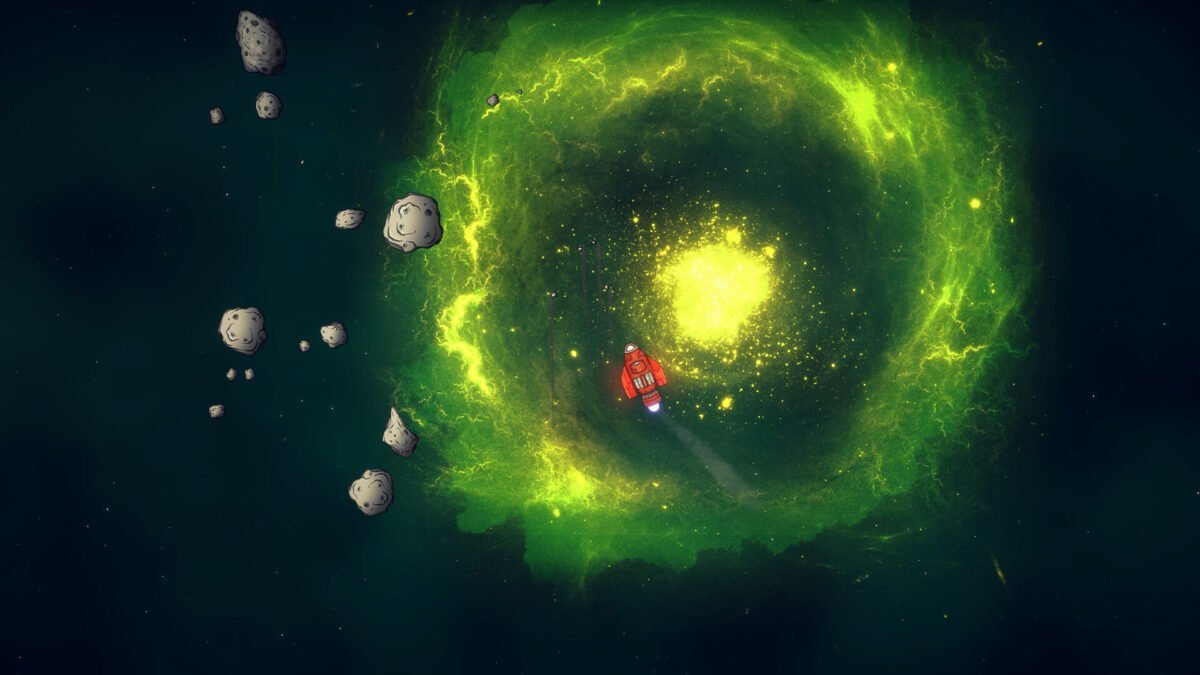
Exploration Has Promise
The best moments in Space Chef happen when you’re out exploring. There are five planets in total to visit—jungle worlds, aquatic zones, desert landscapes—and each one has its own ecosystem of plants and critters. Finding a new ingredient and immediately wondering what recipes it unlocks? That’s the good stuff. Stumbling onto an abandoned space station and scavenging for rare materials? Chef’s kiss.
I genuinely enjoyed landing on a planet I’d never seen before, poking around for vegetables growing in weird places, and occasionally getting attacked by something that looked like a cross between a potato and a spider. The creature designs are delightful in that “yeah, this is definitely an indie game” way, not a ton of polish, but tons of personality. When you kill your first Graffle (a giraffe made of jelly) and realize you can use its meat for exotic dishes, it feels like a discovery.
The problem is that exploration quickly becomes a means to an end rather than fun in itself. You’re not exploring to see what’s out there, you’re exploring because you desperately need Kwinooa to make Kwinooa Pop because that’s the only thing customers want right now, and your reputation is stuck at 1.5 stars, gating any sort of progress.
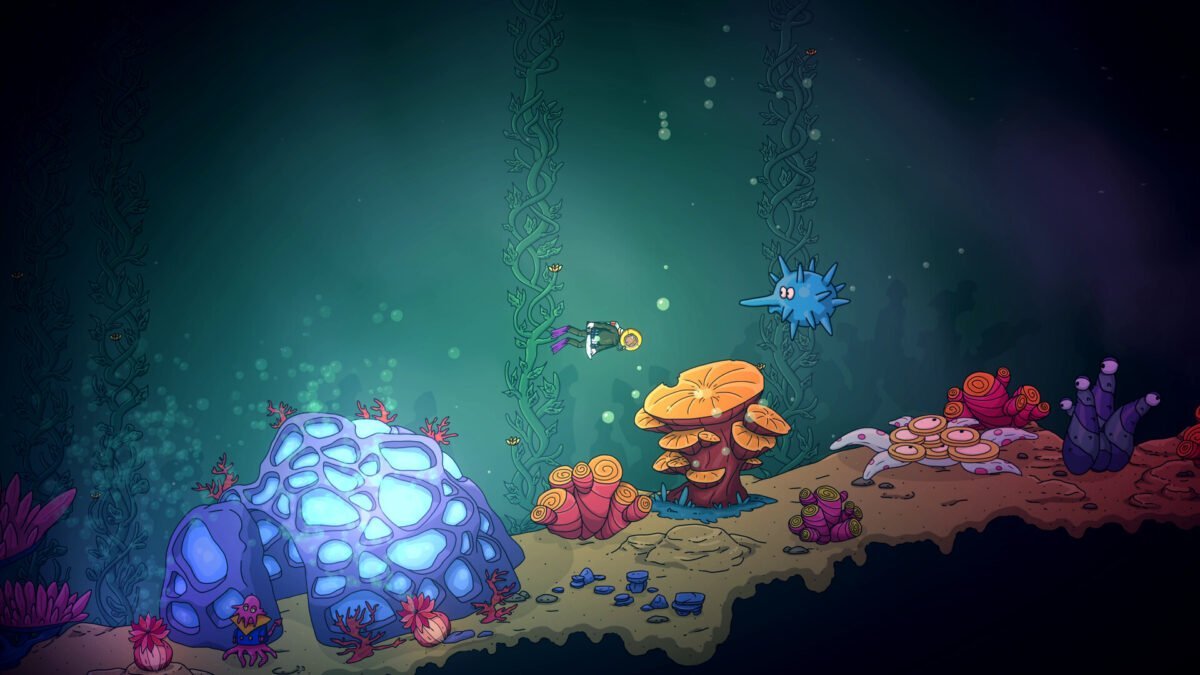
Cooking is Tedious
Unfortunately, for a game all about cooking, Space Chef really trips over itself. The cooking gameplay should be the heart of everything, right? You gather ingredients, whip up meals, serve customers, build your rep. Simple loop. But the execution has so many friction points that it stops being cozy and starts being a chore.
First off, you can ONLY cook at home. Not on your ship, not at a cooking station you’ve built on some planet. Nope, gotta go back to your trailer every single time. This means constant loading screens as you zip back and forth. Found some new ingredients while exploring? Cool, fly home. Oh wait, a customer ordered something. Make the dish, fly out to deliver it. Another order comes in while you’re away. Fly back home. Make that dish. Fly out again. It really doesn’t make much sense both from a narrative standpoint or gameplay standpoint.
And the frustration is only amplified tenfold with the horrid inventory management. To cook something, you need the ingredients in your actual inventory, not in your storage boxes or fridge. So I’d spend literal minutes going through my dozen storage containers, pulling out the exact items I needed, making the dish, then putting everything back. Why? The game even shows you how much of each ingredient you have “in stock” when you look at recipes, so it KNOWS where everything is. Just let me craft from storage, please!
The cooking minigames themselves are okay enough: flip stuff on the grill, chop vegetables, repeat. They’re simple to the point of being almost pointless, but they’re not actively annoying. It’s everything around them that makes cooking feel like paperwork.
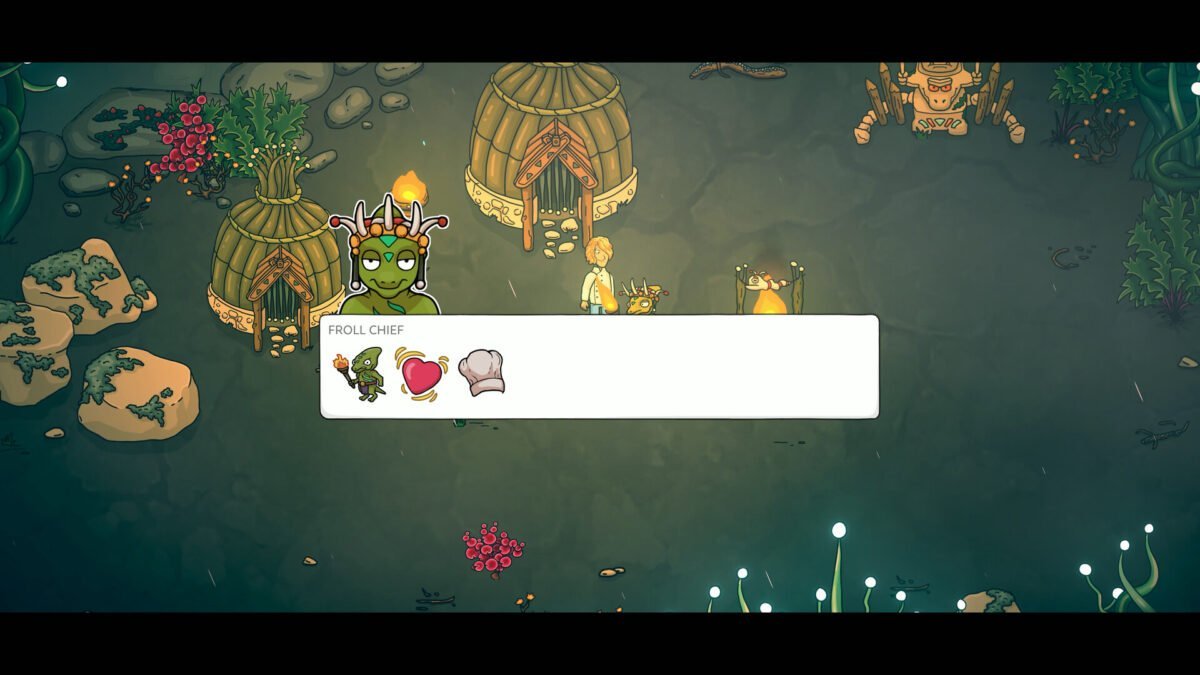
Weaponized Kitchen Utensils
You’ll spend a decent chunk of time fighting creatures for their meat, and to put it simply, this combat system needed more time in the oven. You swing whatever tool you’re holding, starting off with a plastic spatula, and eventually graduating to knives and guns, and hoping you hit something. The hitboxes are all over the place. I’d swing at a Polka Snake standing right in front of me and miss completely, then somehow nail one that was halfway across the screen.
There’s no dodge, no block, just swing and backpedal. Every weapon has durability that drains fast, so you’re constantly crafting replacements. Which means gathering junk from space, processing it, flying home to actually craft the weapon, then going back out. It’s not challenging, it’s just clunky and repetitive.
I ended up avoiding combat whenever possible, which sucks because some recipes need specific meats. The game wants you to hunt, but makes hunting such a chore you’ll do anything to avoid it.

A Will-breaking Grind
Let’s talk progression. Space Chef is built on leveling up five skills: combat, cooking, exploration, farming, and mining. The more you do something, the better you get, which unlocks new recipes and crafting options. Cool in theory. In practice, it’s an absolute slog.
Getting to two reputation stars, which is when you can finally build an actual restaurant instead of just doing delivery, took me HOURS. HOURS of making the same handful of dishes, flying back and forth, dealing with repair costs eating into my profits, and feeling like I was getting nowhere. The progression curve isn’t a curve, it’s a wall.
New recipes unlock, but half the time you can’t make them because you’re missing one ingredient that won’t be available for another five hours of gameplay. Upgrades are expensive, and your ship constantly needs repairs (especially after space pirates blow you up for the third time). Money comes in slowly, goes out fast. It’s not a rewarding grind, it’s just… a big grind.
I kept waiting for the game to open up, to hit that moment where everything clicks and the systems start working together. It never really happened. Even after unlocking my restaurant, I was still dealing with the same inventory headaches, still flying home constantly, still making pennies per delivery.
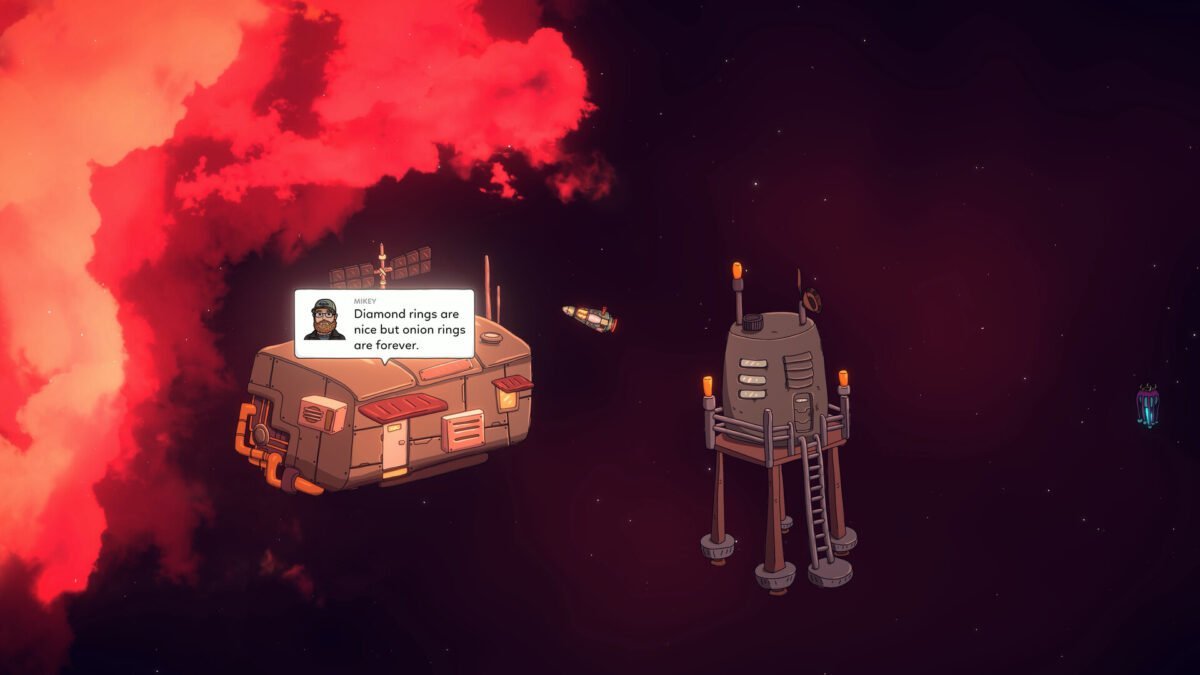
It’s the Little Things
Space Chef has a mechanic where your character gets tired and needs to sleep. Sounds realistic, right? In practice, it means you’ll be in the middle of a good exploration run, finally finding the plants you need, and boom: your chef is exhausted. Gotta fly all the way home to sleep. Can’t push through, can’t nap in your ship. Just another interruption.
Oh, and you can accidentally open your restaurant by hitting the wrong button while flying around in space. I did this probably a dozen times, leading to customers popping up with orders while I’m three planets away. Turning them down doesn’t tank your rep too badly, but it’s annoying as hell.
The ship navigation is weird too. Planets orbit and change positions every time you leave your trailer, which is a cool and realistic touch until you realize it means you can never learn where anything actually is. I stopped looking at space entirely and just stared at the minimap, which kinda defeats the purpose of having this big beautiful nebula to fly through.
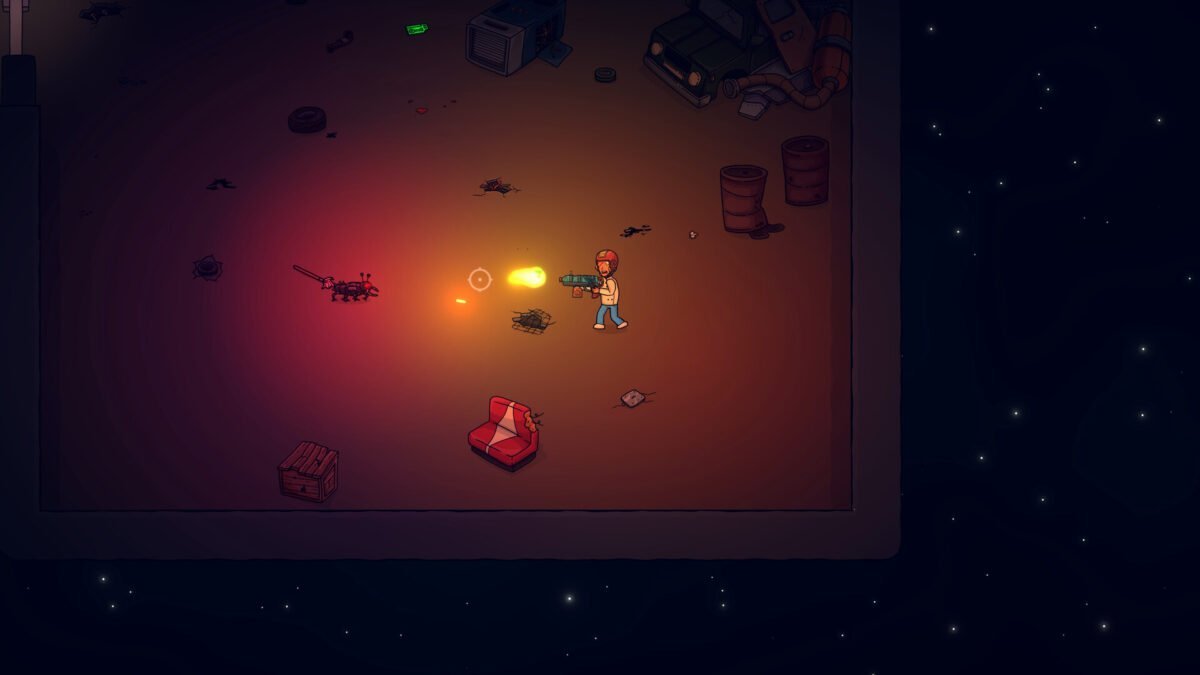
Some Potential
Despite everything I’ve complained about, there’s genuine potential here. The customization is deep, and you can rearrange your entire trailer, craft decorations, theme different sections, paint everything custom colors. Finding new furniture blueprints while exploring and then creating your perfect space diner? That’s satisfying.
The variety of content is impressive for a small indie team. Over 140 recipes, 180+ creatures, tons of crafting options. When the game lets you just explore and discover without constantly yanking you back home, it can be pretty chill.
And the art style has real charm. It’s not going to win technical awards, but the hand-drawn aesthetic gives everything personality. The UI is clean, the color palette pops, and there’s a consistent visual identity that makes the Horseshoe Nebula feel like a real place.
There’s also local co-op for up to four players, which I didn’t get to test but could make the grind more bearable if you’ve got friends willing to suffer alongside you.
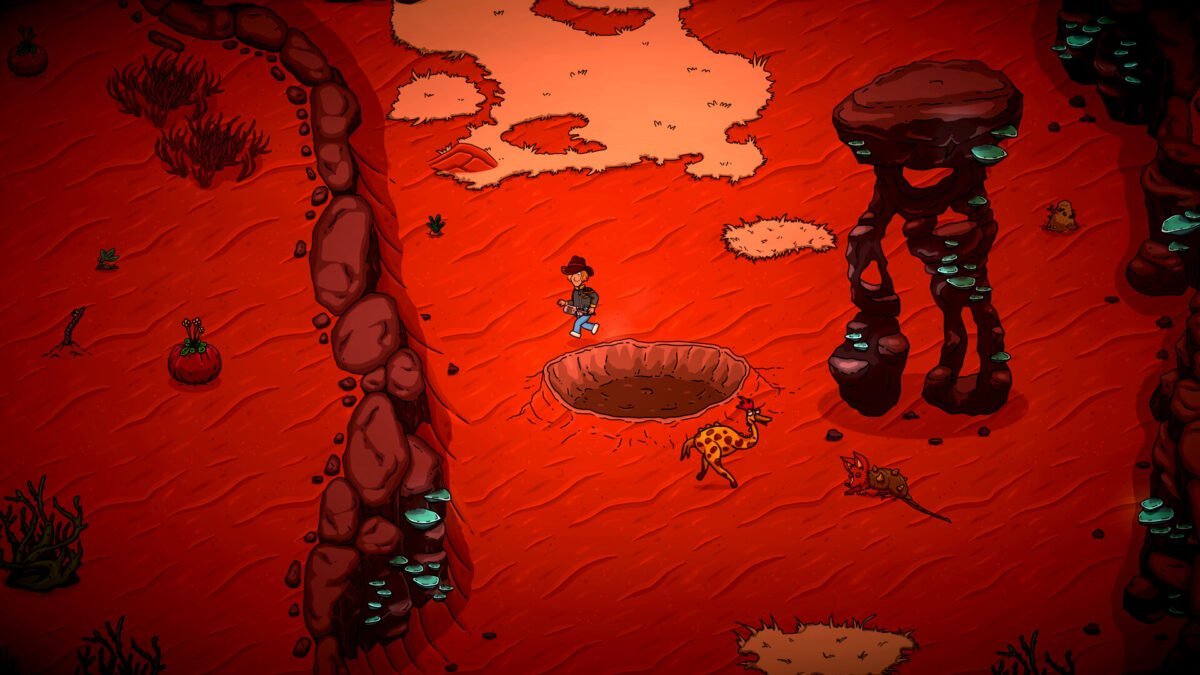
The Restaurant at the End of the Universe
Space Chef feels like it’s fighting against itself. Every good idea, such as to explore planets, cook weird alien food, or build a restaurant empire, gets bogged down by design decisions that prioritize realism or complexity over fun. The inventory system is needlessly fussy. The progression is glacial. The constant back-and-forth to your trailer kills pacing. The combat is half-baked at best.
If you’ve got infinite patience for slow-burn progression systems and don’t mind repetitive busywork, there’s stuff to like here. The exploration has genuine charm, the creature designs are creative, and building your dream space restaurant is cool when the game finally lets you. But most folks looking for a cozy space adventure should probably wait for a sale and some major quality-of-life updates.
Blue Goo Games clearly loves this project, as it’s been in development for years and has personality to spare. But loving something doesn’t mean it’s finished, and Space Chef needed more time to sand down its rough edges. Hopefully, they can get it there with some post-launch updates.
This review is based on a retail build of the game provided by the publisher.
